
Let’s be honest. If parenting came with a manual, the chapter on meltdowns would probably be the most dog-eared, coffee-stained section in the book. And if you’re raising a child with autism, you know that emotional regulation can feel like trying to navigate a ship through a storm without a compass.
But here’s the good news: you’re not alone on this journey, and there are proven strategies that can transform those overwhelming moments into opportunities for growth.
Understanding Meltdowns vs. Tantrums: Why It Matters
Before we dive into solutions, let’s clear up a common misconception. Meltdowns aren’t just “bad behavior” or tantrums that need discipline. They’re genuine neurological responses to overwhelming situations. According to research, approximately 70% of children with autism experience significant difficulties with emotional regulation.
Think of it this way: if a neurotypical child’s emotional regulation system is like a thermostat with smooth adjustments, a child with autism might have one with sensitivity issues. It’s either too hot or too cold, with few settings in between.
Ready to help your child develop better emotional regulation skills? Schedule a free consultation to learn how personalized ABA therapy can make a difference.
What Is ABA Therapy and How Does It Work?
Applied Behavior Analysis (ABA therapy) is the gold standard, evidence-based approach for teaching children with autism essential life skills, including emotional regulation. But how does ABA therapy work, exactly?
At its core, autism ABA therapy breaks down complex skills into manageable steps, uses positive reinforcement to encourage desired behaviors, and provides consistent, structured learning opportunities. In fact, the National Institutes of Health recognizes ABA as the most researched and effective intervention for autism spectrum disorder.
A BCBA (Board Certified Behavior Analyst) designs individualized programs based on your child’s unique needs, strengths, and challenges. This personalized approach is what makes ABA therapy progress so measurable and meaningful.
The Science Behind Emotional Regulation in ABA Therapy
Here’s where things get fascinating. The ABA therapy benefits extend far beyond simply reducing meltdowns. Through systematic teaching and positive and negative reinforcement ABA therapy techniques, children learn to:
- Identify their emotions before they escalate
- Communicate their needs effectively
- Develop coping strategies that actually work
- Understand cause-and-effect relationships
Research shows that early intervention therapy, particularly ABA therapy, can lead to significant improvements in emotional regulation, with some children showing up to 47% reduction in challenging behaviors within the first six months.
Practical ABA Strategies for Managing Meltdowns at Home
The Power of Antecedent Management
Prevention is always better than intervention. By identifying triggers, whether it’s sensory overload, transitions, or communication difficulties, you can create an environment that minimizes meltdown frequency. This might involve:
– Creating visual schedules for predictability
– Incorporating sensory integration therapy techniques
– Using fine motor skills activities as calming exercises
– Establishing consistent routines
Early Autism Ventures (EAV) specializes in training parents to recognize these antecedents, making your home a supportive learning environment where ABA therapy progress continues beyond clinic sessions. Learn more about it here.
Teaching Functional Communication
Many meltdowns stem from communication frustration. Through autism ABA therapy, children learn alternative ways to express their needs, whether through words, sign language, picture exchange systems, or AAC devices.
Think of it as giving your child the right tools for the job. You wouldn’t expect someone to build a house with just a hammer, right? Similarly, children need various communication tools to express their complex emotions.
Replacement Behaviors: The Game-Changer
Here’s where ABA therapy truly shines. Instead of just stopping unwanted behaviors, we teach replacement behaviors that serve the same function. If your child hits when frustrated, we teach them to request a break. If they scream when overwhelmed, we teach calming strategies.
This approach respects your child’s needs while giving them socially appropriate ways to meet those needs—a cornerstone of behavioral and sensory regulation.
Wondering how to implement these strategies effectively? Contact our team for a comprehensive assessment and personalized roadmap.
The Role of Positive Reinforcement in Building Emotional Skills
Let’s talk about positive reinforcement, arguably the most powerful tool in the ABA toolkit. When children receive immediate, meaningful praise or rewards for using emotional regulation skills, they’re more likely to use those skills again.
But here’s the catch: positive and negative reinforcement ABA therapy must be individualized. What motivates one child (stickers!) might mean nothing to another (give me screen time or give me death!).
A skilled BCBA or QBCA, such as those at EAV, identifies what truly motivates your child and creates a reinforcement system that makes practicing emotional regulation genuinely rewarding.
Comprehensive Support: Beyond ABA Therapy
While ABA therapy benefits are extensive, a holistic approach often yields the best results. That’s why many successful programs, including the EAV approach, integrate:
– Occupational therapy for kids to address sensory issues in children
– Pediatric occupational therapy for gross motor skills therapy and motor planning activities
– Child development therapy focusing on school readiness skills
– Sensory processing disorder therapy for children with heightened sensitivities
– OT for autism to complement behavioral interventions
– Balance and coordination therapy to improve body awareness
– Feeding therapy for kids when eating challenges contribute to stress
– ADL training (Activities of Daily Living) for independence
This integrative approach ensures that all aspects of your child’s development receive attention—from handwriting improvement therapy to therapy for neurodevelopmental kids.
Monitoring Progress: How Do You Know It’s Working?
One of the most reassuring aspects of ABA therapy is the emphasis on ABA progress monitoring. You won’t be left wondering if things are improving. In fact, you’ll have data showing exactly how your child is progressing.
ABA progress monitoring involves:
– Regular data collection on target behaviors
– Graphing progress over time
– Adjusting strategies based on results
– Celebrating every milestone, no matter how small
According to a study systematic progress monitoring increases treatment effectiveness by 60%.
Want to see measurable progress in your child’s emotional regulation? Schedule your free consultation today and discover the power of data-driven intervention.
Real-World Success: What ABA Therapy Progress Looks Like
Let me paint you a picture. Three months ago, seven-year-old Aiden would have 5-6 meltdowns daily, each lasting 20-30 minutes. His parents felt helpless, exhausted, and isolated.
Today, after consistent ABA therapy focusing on emotional regulation, Aiden has learned to identify when he’s becoming frustrated, use his “break card” to communicate his needs, and implement calming strategies independently. His meltdowns have reduced to 1-2 per week, lasting only 5-10 minutes.
That’s not magic. That’s the power of evidence-based autism ABA therapy delivered by compassionate professionals at EAV who understand your child’s unique needs.
At Early Autism Ventures (EAV), we understand that every meltdown represents a moment when your child is struggling and we’re here to help transform those struggles into successes.
Our comprehensive approach combines:
– Evidence-based ABA therapy delivered by experienced BCBAs (Board Certified Behavior Analysts)
– Occupational therapy for kids through our occupational therapist in Madhapur/Hyderabad
– Integration of sensory integration therapy and child development therapy
– Early intervention therapy programs designed for maximum impact
– OT home program for kids that extends learning beyond our center
– Comprehensive OT assessment for children to identify all areas of need
– Support services like occupational therapy near me searches connecting you with local resources
What sets EAV apart is our commitment to family-centered care. We don’t just work with your child. We partner with you, providing training, support, and resources that empower you to become your child’s best teacher.
Our team stays current with the latest research, continuously refining our approaches to ensure your child receives the most effective interventions available. From fine motor skills activities to behavioral and sensory regulation techniques, we address every aspect of your child’s development.
Remember, managing meltdowns isn’t about perfection, but about progress. Every small step your child takes toward emotional regulation is a victory worth celebrating. And with the right support, those steps become strides.
So, don’t wait another day to give your child the tools they need for emotional success. The earlier you begin intervention, the more significant the ABA therapy benefits become. Research consistently shows that early intervention therapy produces the best long-term outcomes.
Schedule your free consultation with Early Autism Ventures today and discover how our comprehensive approach, combining ABA therapy, OT for autism, sensory processing disorder therapy, and so much more, can transform your child’s ability to navigate their emotions with confidence.
You can also call us now at +91 89291 53820 or WhatsApp us to connect with our caring team of professionals. Your family deserves support, your child deserves success, and together, we’ll make both happen.


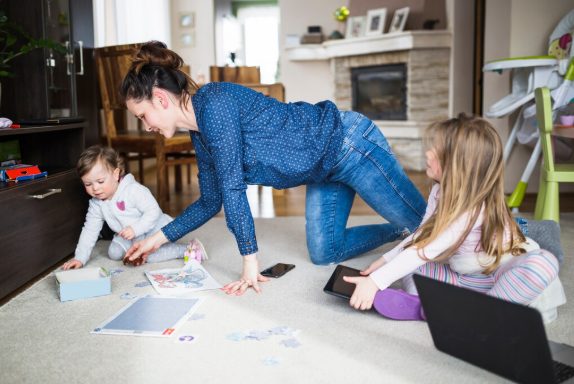


















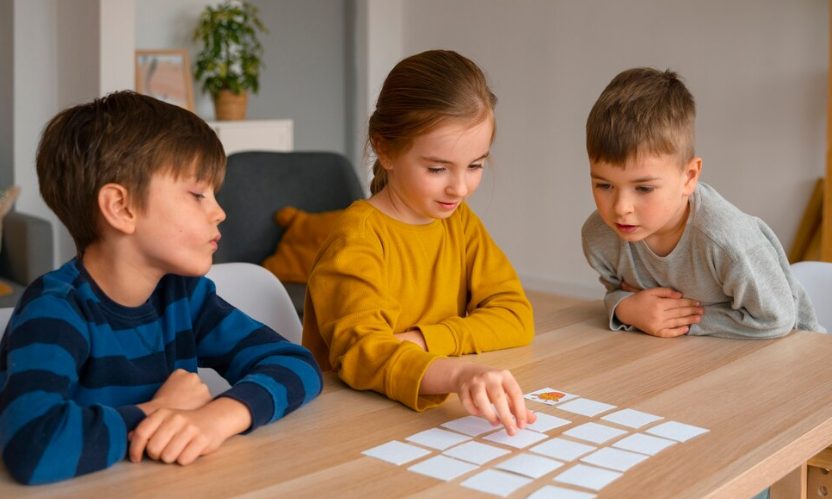

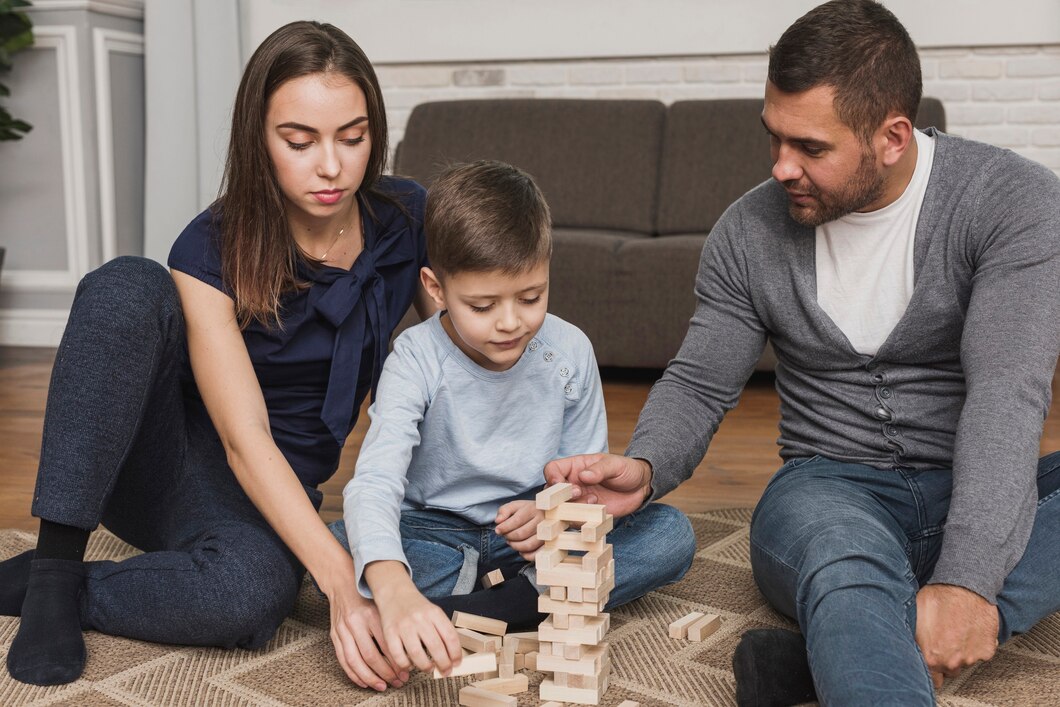
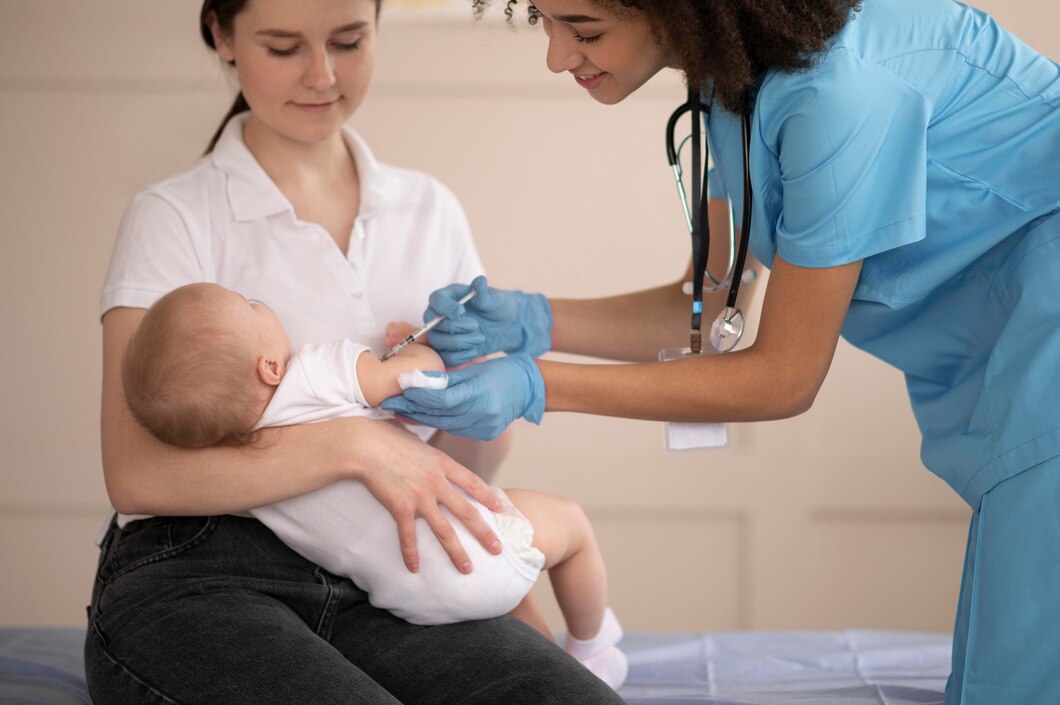
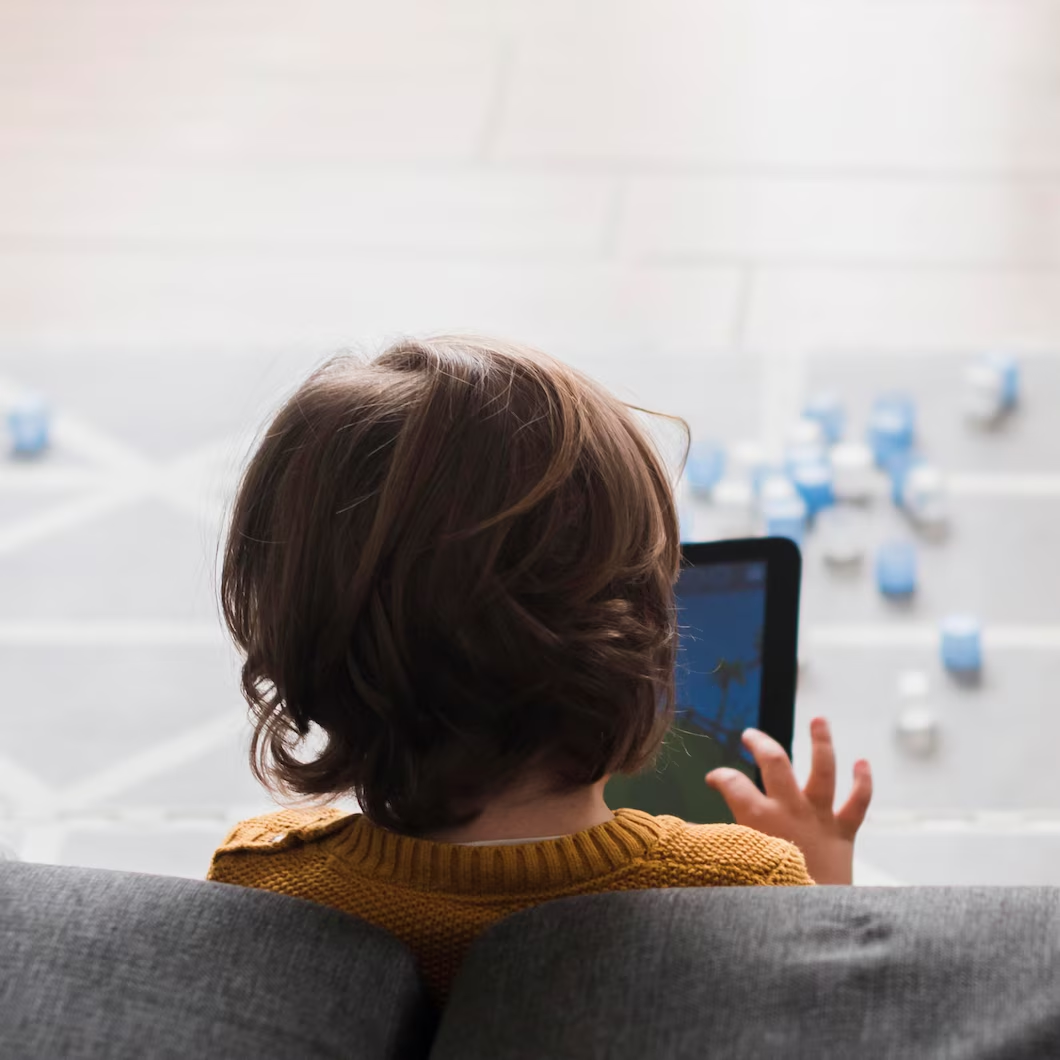



Recent Comments